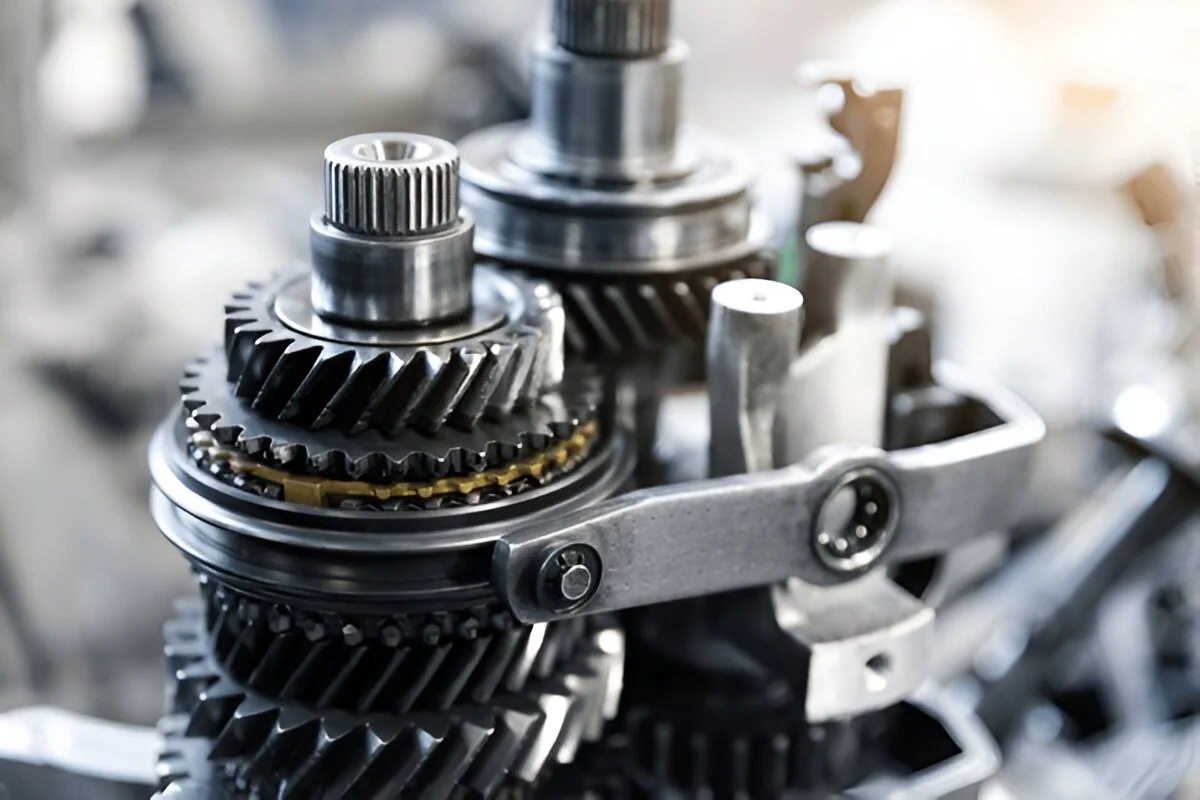In the world of industrial manufacturing, precision, durability, and complexity are important factors in determining the efficiency and effectiveness of machine components. One manufacturing process that excels in producing intricate and high-quality metal parts is lost wax casting.
This ancient technique, dating back thousands of years, has evolved into a highly refined method that supports modern industries such as aerospace, automotive, medical, and heavy machinery. In this blog, we will explore the many benefits of lost wax casting and why it remains the best process for complex industrial parts.
Benefits Of Lost Wax Casting
1. Exceptional Precision and Detail
Lost wax casting allows for intricate designs and fine details that are difficult to achieve with other manufacturing processes such as machining or sand casting. The wax pattern, which is an exact replica of the final product, ensures that even the most complex geometries are faithfully reproduced. This level of precision is essential for industries that require tight tolerances and intricate shapes.
2. Wide Range of Material Choices
This casting method supports a vast array of metals and alloys, including stainless steel, carbon steel, aluminum, titanium, and bronze. This flexibility allows manufacturers to select the most suitable material based on factors such as strength, corrosion resistance, and weight, making lost wax casting ideal for specialized industrial applications.
3. Near-Net Shape Production
One of the most significant advantages of lost wax casting is its ability to produce parts that require minimal post-processing. Since the molds create parts with high dimensional accuracy and smooth surface finishes, additional machining and finishing processes are reduced or even eliminated. This translates to lower production costs and faster turnaround times.
4. Cost-Effectiveness for Complex Parts
While lost wax casting may have a higher initial tooling cost, it becomes highly cost-effective for medium to large production runs. The ability to create multiple parts from a single mold and the reduction of secondary machining requirements lead to significant savings in the long run.
5. Superior Surface Finish and Aesthetic Quality
When compared to other casting techniques, lost wax casting produces components with a superior surface finish. This smoothness is particularly beneficial for applications where friction reduction, fluid dynamics, or aesthetic appeal is crucial, such as in pump components, medical implants, and turbine blades.
6. Ability to Produce Thin-Walled Components
Lost wax casting enables the creation of lightweight components with thin walls, which is essential for applications in industries like aerospace and medical devices. This capability allows for weight reduction without sacrificing structural integrity, improving the efficiency and performance of the final product.
7. Consistency and Repeatability
For industries requiring high-volume production of identical parts, lost wax casting ensures exceptional repeatability. Once the initial wax pattern and mold are created, manufacturers can produce thousands of identical components with minimal variation, ensuring consistent quality across batches.
8. Reduced Material Waste
Since lost wax casting uses precision molds, there is minimal excess material. Additionally, unused wax can often be reclaimed and reused in subsequent production cycles. This makes it an environmentally friendly manufacturing process compared to traditional machining, which generates significant waste through material removal.

9. Customization and Design Flexibility
Engineers and designers have unparalleled freedom when creating parts using lost wax casting. Complex internal features, undercuts, and hollow sections that would be impossible or costly with other methods can be easily achieved. This flexibility allows for innovation and optimization of industrial components.
Applications of Lost Wax Casting
Lost wax casting is widely used across numerous industries due to its precision and versatility. Some of the key applications include:
- Aerospace Industry: Turbine blades, engine components, structural parts, and fuel system components. These parts must withstand extreme temperatures and pressures, making the precision and material flexibility of lost wax casting essential.
- Automotive Industry: Transmission components, engine parts, and exhaust system components. The ability to manufacture complex and lightweight components enhances fuel efficiency and vehicle performance.
- Medical Industry: Surgical instruments, orthopedic implants, and dental components. High precision and biocompatibility are crucial in the medical sector, making lost wax casting a preferred choice for implants and specialized tools.
- Industrial Machinery: Pump housings, valve bodies, and gear components. The accuracy and durability of lost wax cast parts ensure reliable and efficient machine operation.
- Defense and Firearms: Precision weapon components, armor parts, and military hardware. Lost wax casting allows for the production of high-strength, intricate components essential for defense applications.
- Energy Sector: Wind turbine components, oil and gas extraction tools, and power plant parts. The ability to cast durable and corrosion-resistant parts is critical for energy production and distribution.
- Jewelry and Art: High-end jewelry, sculptures, and decorative metalwork. Lost wax casting allows for exquisite detailing, making it ideal for luxury and artistic creations.
- Electronics and Telecommunications: Precision connectors, heat sinks, and enclosures. The ability to produce complex, small-scale parts ensures the functionality and efficiency of electronic devices.
- Marine Industry: Propellers, pump components, and ship hardware. Corrosion resistance and durability make lost wax casting a reliable option for marine applications.
- Food Processing Equipment: Stainless steel components for sanitary applications. The smooth surface finish ensures hygiene and easy cleaning in food production machinery.
Conclusion
Lost wax casting continues to be an invaluable manufacturing process for producing complex industrial parts with high precision, superior surface finishes, and material efficiency. Its ability to handle intricate geometries, reduce waste, and provide cost-effective production makes it a preferred choice in various industries.
Whether you are in aerospace, medical, or heavy machinery manufacturing, lost wax casting offers unmatched benefits that can enhance the performance and durability of your components.
If you’re looking for a reliable manufacturing method for your industrial parts, lost wax casting is undoubtedly one of the best choices available today.

